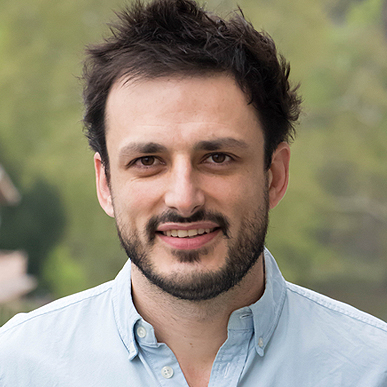Julien Migozzi: The good, the bad, and the data. Credit scoring and the remaking of the post-apartheid city


Ataya: HUMA Interdisciplinary Seminar Series

Bio: Julien Migozzi is an Urban Studies Foundation Postdoctoral Research Fellow at the University of Oxford, UK and a Visiting Scholar at the African Centre for Cities at the University of Cape Town (UCT), South Africa. As an economic and urban geographer, he holds a PhD from the University of Grenoble Alpes and is a former Ecole Normale Supérieure de Lyon student fellow. His research interest lies at the intersection of financial geography, urban studies and economic sociology. His current research explores how digital technologies reshape urban housing markets and renew mechanisms of segregation, focusing on post-apartheid South Africa. Julien combines qualitative approaches based on expert interviews and in-depth fieldwork with computational and spatial analysis.
Topic: Over the last two decades, the South African housing market experienced the rapid adoption of digital technologies such as credit scoring, which enables banks and institutional investors to operate a data-driven selection of home-seekers based on financial behaviours, wherein moral categories distinguishing the “good” from the “bad” are used by market professionals. This presentation first investigates the institutional and technical factors behind the contemporary large-scale, automated classification of people in South Africa, rooted in the legacies of apartheid and colonialism. Then, I will explain how this adoption of credit scoring enabled the financialisation of housing: first, by supporting the diffusion of western financial techniques such as mortgage securitisation across the whole city; second, by allowing the unprecedented emergence of corporate landlords, who use scores to select tenants and manage financial risk. Finally, I will demonstrate how this reconfiguration of the market structured around the datafication of people is reshaping patterns of urban segregation, in particular through the emergence of new neighbourhoods around the urban edge, in the context of enduring and extreme levels of racial segregation.